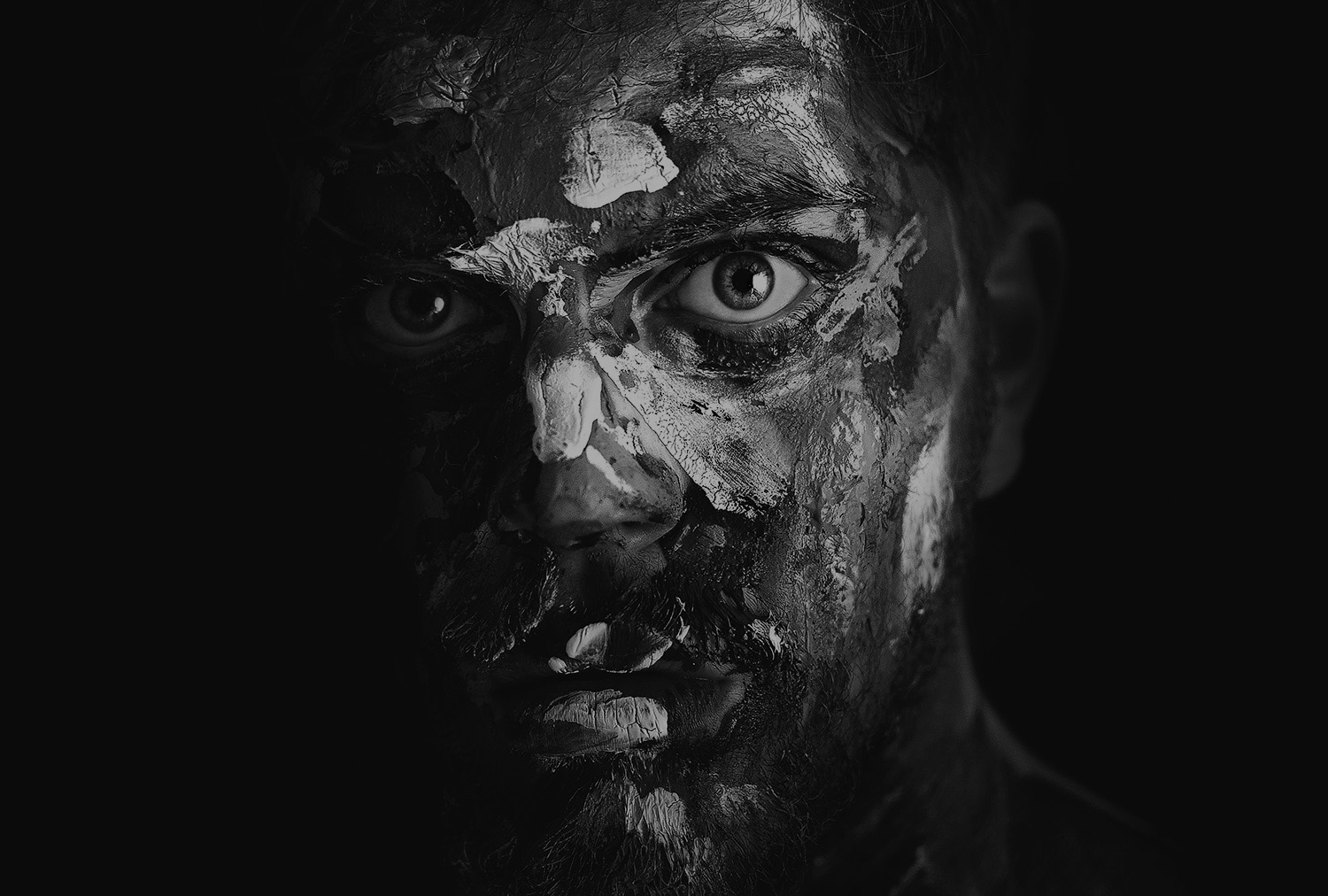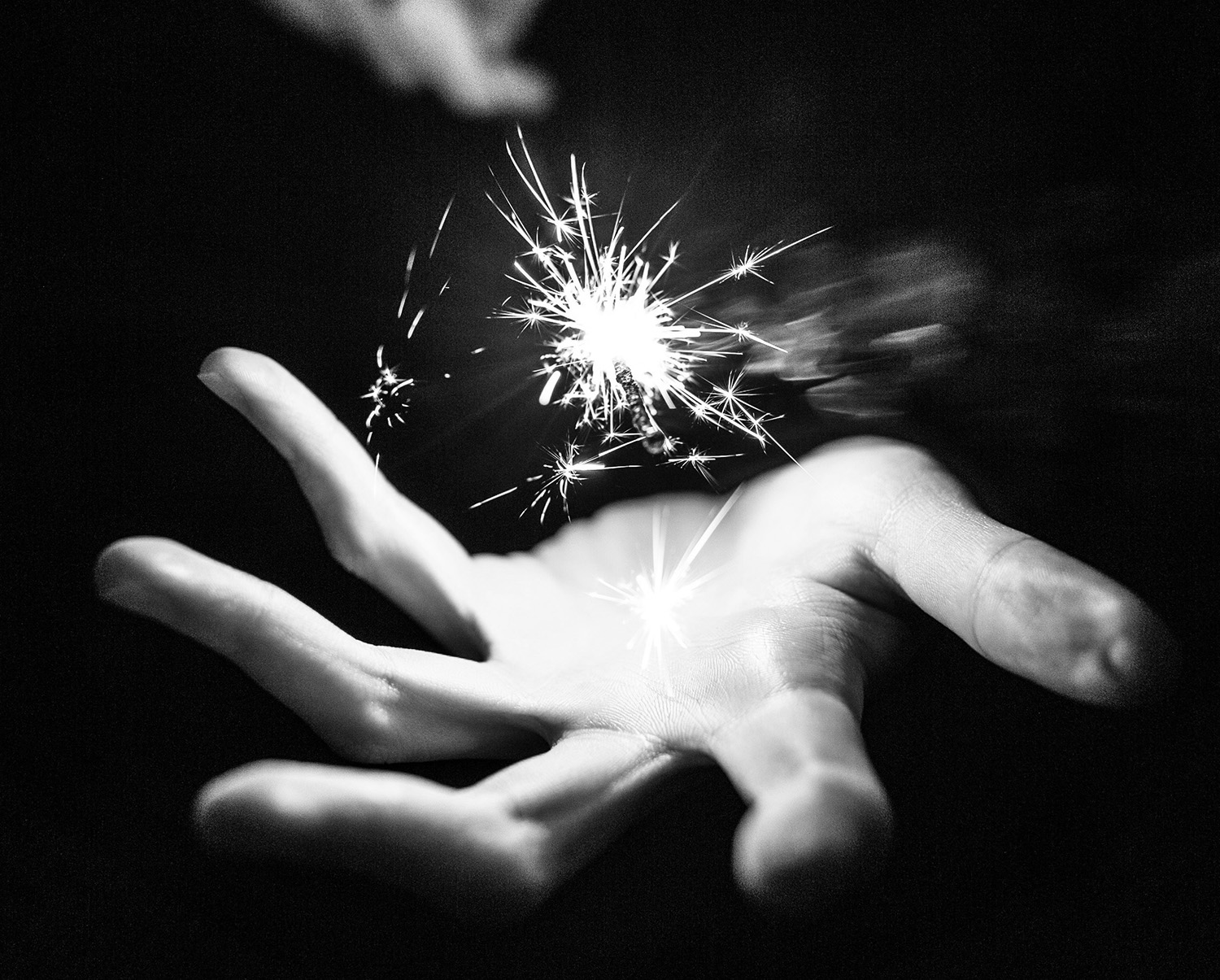Introduction: The 12 archetypes of identity
In the early 1900s a prominent psychologist, Carl Jung introduced the concept of Archetypes. He highlighted that certain forms or images are hardwired in the human psyche because humans use symbolism to understand complex ideas. He further pointed out that since there are some specific paths already imprinted in the minds of people that lead to greater understanding, it is essential that these specific paths be characterized since he claimed that they are timeless as well as recognizable. Remarkably, he even had the foresight to say that these categories exhibit personal traits that can enable companies worldwide to market their brands to their particular targeted audiences effectively.
The art of storytelling
The traditional methods of marketing do not work anymore. Yes, it is hard to believe, but this is the absolute truth. What used to produce results back in the broadcast era – a time when a selective few controlled the production as well as delivery of messages – is no longer effective in the digital era we live in.
The Caregiver
Selfless and empathizing, the Caregiver strives to help and support those in need. Eleanor Roosevelt, Mother Teresa, and Florence Nightingale are notable examples of this archetype. The Caregiver, as evident by the word itself, is compassionate and often portrayed as a feminine figure with female societal roles. However, this does not mean that it is only limited to females and brands that cater directly to them.
The artist
The Creator archetype aims to provide structure to the world by innovating. Turning dreams into reality, expressing oneself, and harnessing imagination are the pillars on which the archetype Creator stands on. This archetype refers specifically to individuals and brands that are passionate about the process of creating something new. The Creator loves creativity and is fond of authenticity. Inventing, artistry, writing, and entrepreneurship all fall in the domain of this archetype.
The explorer
The Explorer paradigm is one of the three Jungian prime examples that long for paradise. Its motto is "Don't fence me in". At its core, the Explorer wants the opportunity to discover its identity by searching as well as roaming the world. It wants a superior, more genuine and satisfying life. One of the most significant abilities of this archetype is being true to itself apart from being independent and ambitious.
The Innocent
The Innocent is the first of the twelve archetypes developed by Carl Jung. As indicated by the primary archetype – the Innocent – life does not need to be hard. In fact, life can be as easy as you want it to be and all you need to do is focus on goodness, optimism, romance, and happiness. The picture of the Innocent passes on the message that you are liberated to act naturally and to experience your fantasies at the present moment.
The lover
The Lover archetype is passionate and speaks to whatever delights the senses. Brands that epitomize this archetype like to praise the natural delights of being human, encouraging closeness and happiness in their consumers. The Lover archetype shows energy and excitement and is typically the principal model to first develop in man.
The Magician
The Magician archetype is transformative and its primary role is to “contain and channel the good of all.” The Magician is insightful, astute, intelligent, mending, and thoughtful. As an ace of innovation, the Magician realizes how to control the components.
The Rebel
The Rebel archetype portrays people who oppose oppression, challenge injustice, do not adjust to trends, and never shy away from doing something they believe in. Rebels flourish in the music business, fashion design, cosmetics, and tech territories since they do not conform and continue to innovate.
The everyman
This paradigm must be insightful in keeping up their very own qualities and character while participating in activities that fit in with the group; else they can be effectively influenced into a lynch crowd attitude.
The Sage
The Sage archetype, called 'Senex' by Jung, portrays intelligence, power, and knowledge. It speaks to the inherent spiritual part of our identity in the oblivion and as indicated by Carl Jung, shows up in our lives through various images. It might appear in the form of individuals, dreams, bits of knowledge, or our life's learning that we pass on to other people.














